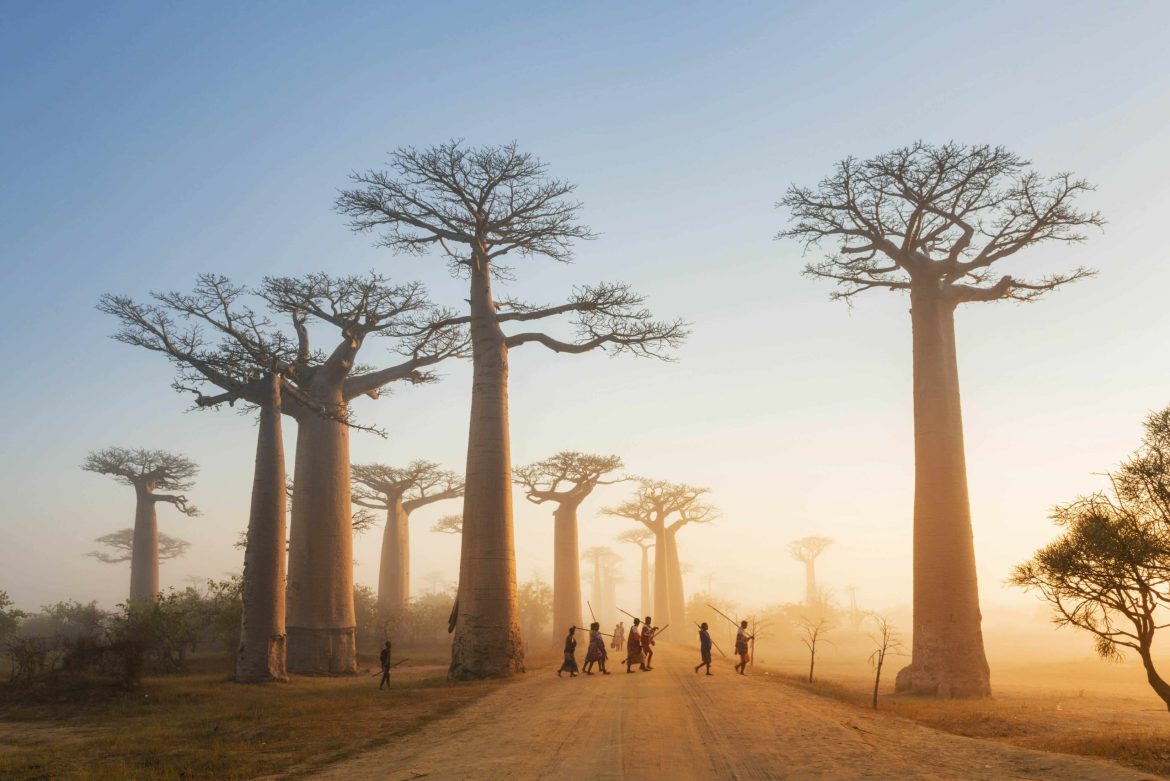There are places you visit, and then there are places that transform you. Madagascar belongs firmly to the latter. Rising from the Indian Ocean off the coast of Africa, the world’s fourth-largest island is often dubbed the “Eighth Continent.” It’s a fitting title—everything here feels different. The landscapes, the creatures, even the air seem shaped by a rhythm all their own.
To set foot in Madagascar is to step into a world both familiar and strange, where baobab trees cast otherworldly silhouettes at sunset and the call of a lemur pierces the quiet of ancient rainforests. This is a land of encounters—between you and nature, you and culture, you and the unexpected.
Seasons that Shape the Story
Madagascar is a country defined by its seasons. Sunshine lingers almost endlessly in the south, while the highlands, running like a spine through the center of the island, cool dramatically at night. At times, weather rules the rhythm of life: rains turn roads into rivers, and cyclones sweep across coastal villages between January and April.
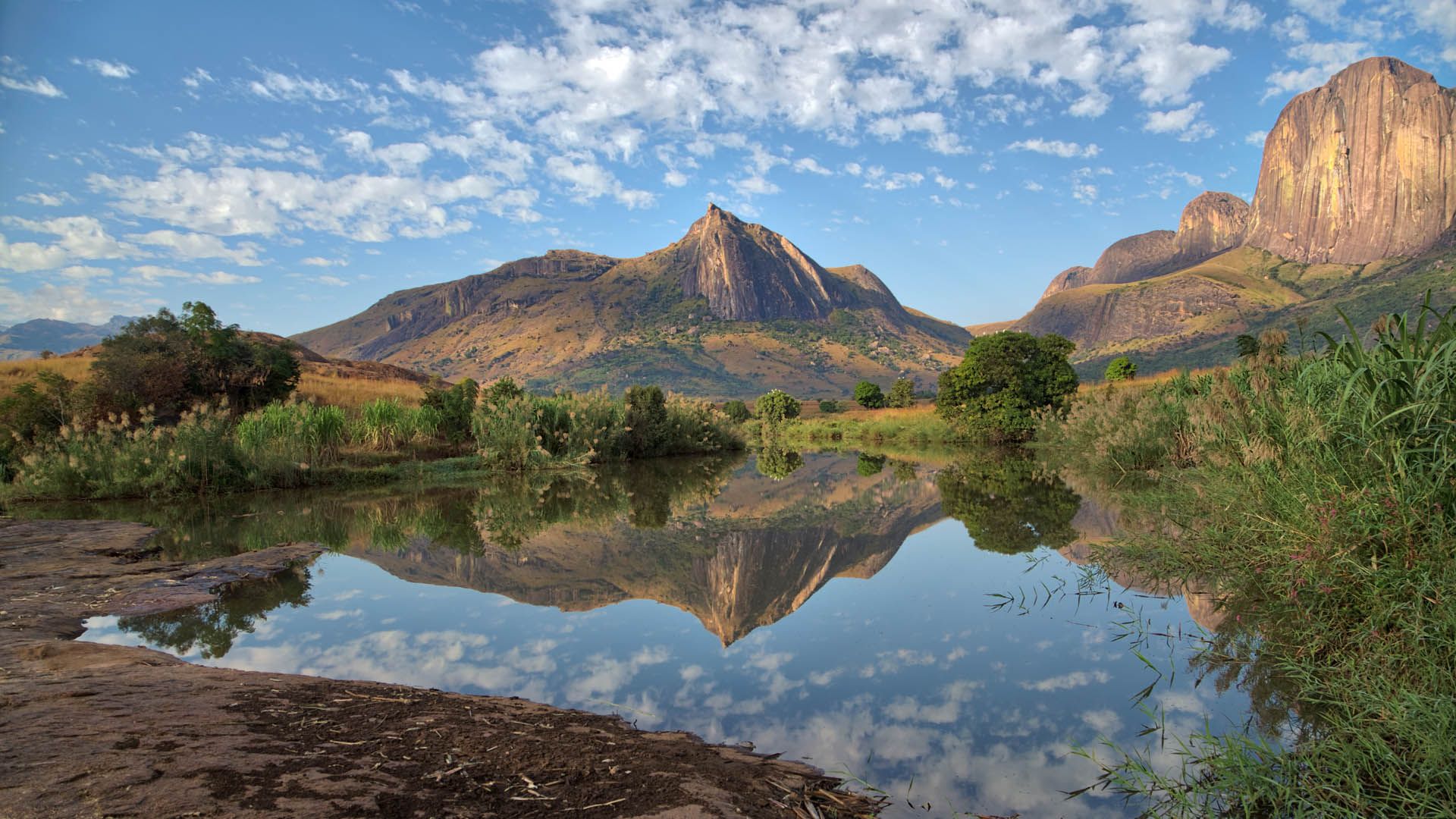
But timing your journey rewards you with unforgettable moments. Between June and September, whales breach and spout off the coast, while trails through national parks open wide for hikers seeking views across green valleys. December invites divers to explore reefs alive with color, when waters shimmer with clarity. Each season brings its own treasures, reminding you that Madagascar is not a place to rush—it’s a destination to match with your passions.
The Road Less Traveled
Traveling across Madagascar is never as simple as going from point A to B. Roads, often crumbling and rough, dictate a slower pace. An eight-hour journey to cover a mere 200 kilometers isn’t uncommon, and potholes become part of the story.
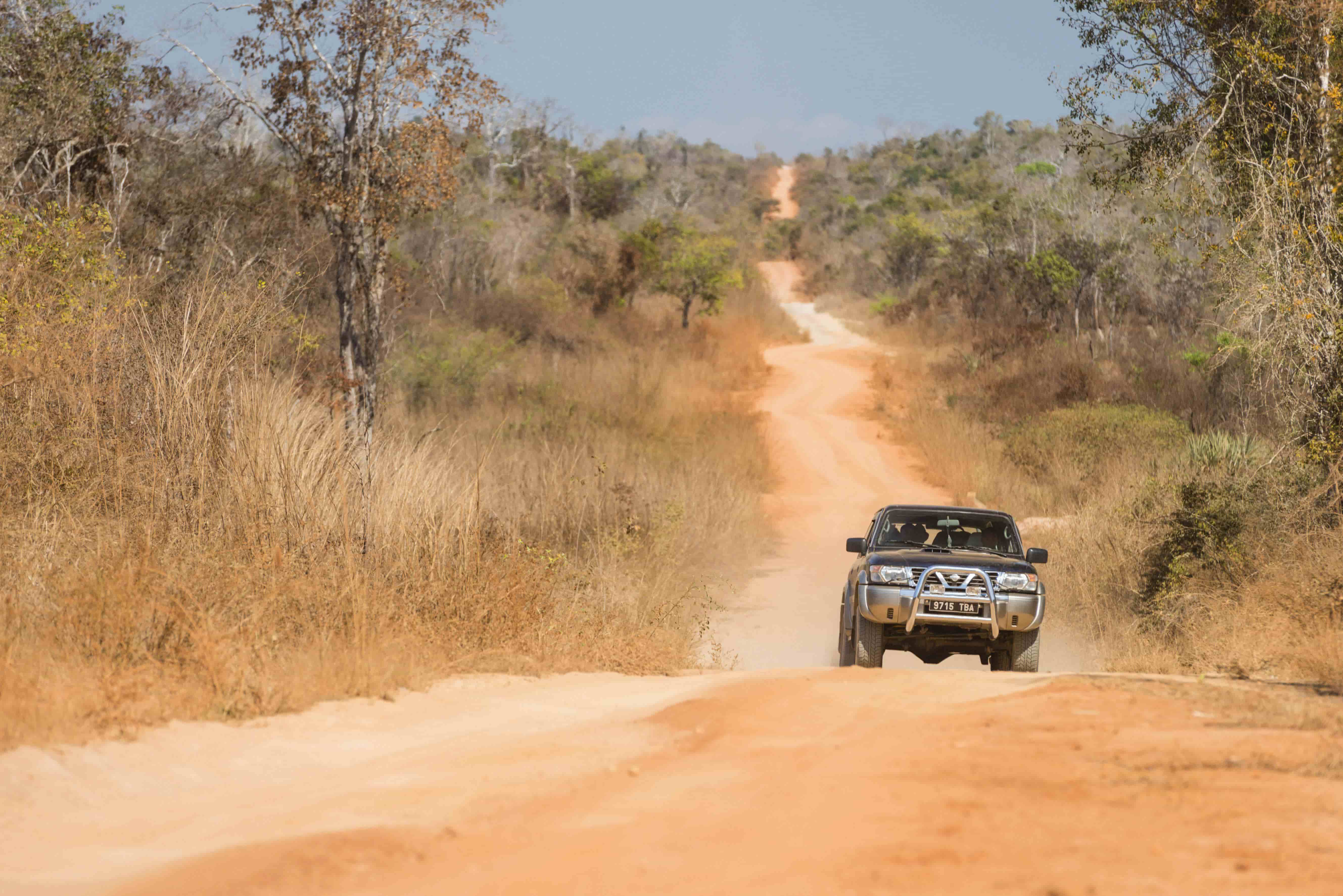
Yet there’s something liberating in surrendering to this rhythm. Long drives take you past villages where children wave at passing cars, landscapes that morph from desert scrub to lush rainforest, and endless skies punctuated by the towering baobabs. To travel Madagascar is to understand that the road is as much a destination as the endpoint.
Encounters with the Wild
Madagascar’s wildlife is the heartbeat of the island. Here, nature has written its own script, apart from the rest of the world. Around 90% of the species you’ll encounter are found nowhere else.
In Andasibe’s forests, the haunting cry of the indri—the largest living lemur—echoes through the mist, a sound as ancient as the trees themselves. In Ranomafana National Park, the canopy rustles with lemurs leaping from branch to branch, their golden fur catching shards of light. On the island’s western edge, in Kirindy Forest, the elusive fossa, sleek and feline, prowls silently—a reminder that Madagascar’s wilderness still keeps secrets.
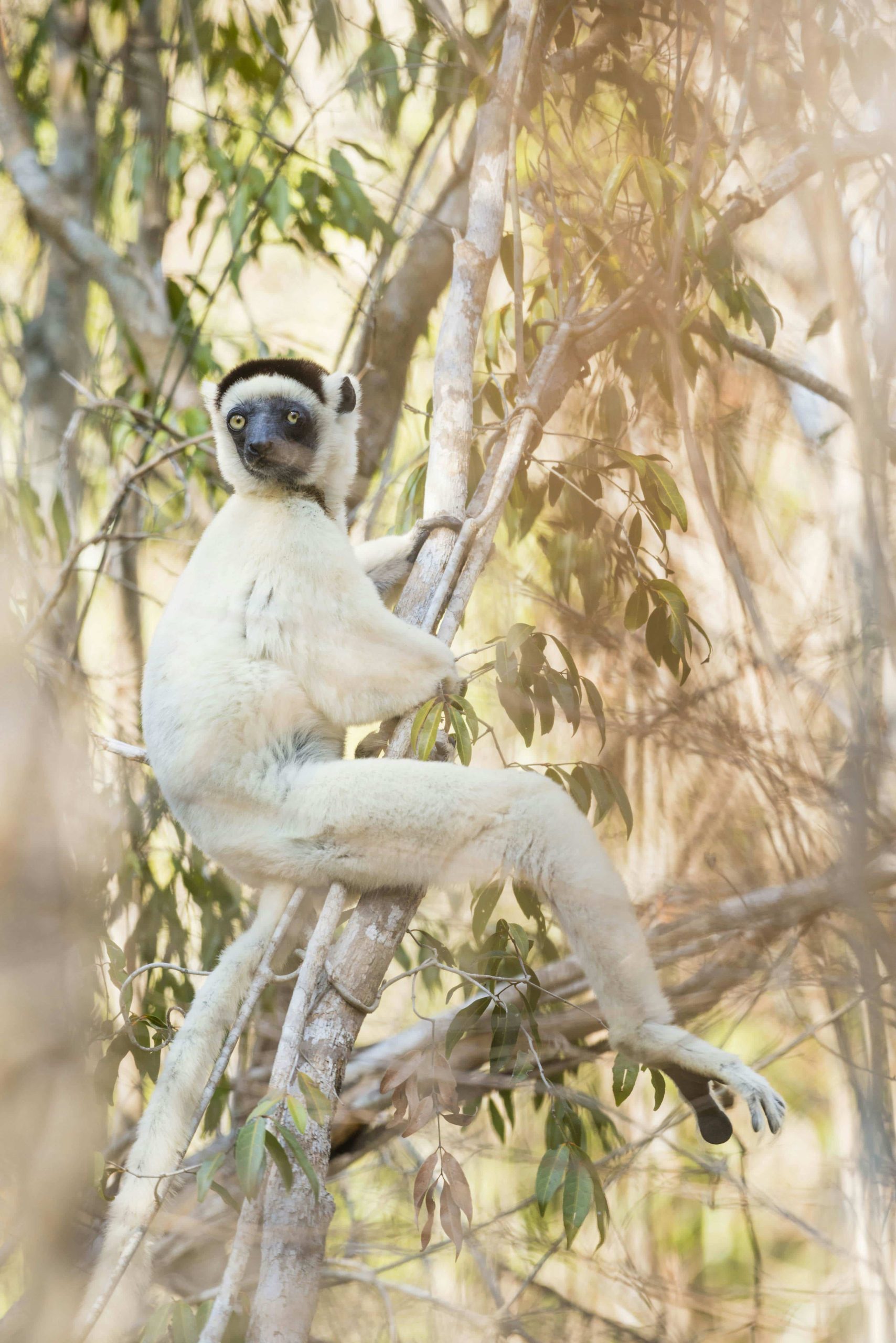
Offshore, humpback whales migrate along the coasts, while coral reefs teem with life in colors too vivid to name. Birdwatchers, too, find paradise here, with species whose plumage rivals the most extravagant tropical blooms.
Every encounter feels like a privilege, as though the island is revealing something rare and precious, just for you.
Flavors of the Island
Madagascar’s cuisine is a journey in itself. Along the coasts, the air is rich with the scent of seafood sizzling on open grills. Octopus salads sparkle with lime and ginger; lobster and crab are transformed into fragrant stews. Inland, hearty meals feature zebu, the local cattle, cooked into the national dish romazava—a comforting stew of greens, tomatoes, and onions. Tilapia, drawn fresh from rivers, finds its way into homestyle dishes.
But it’s not just about what’s on the plate—it’s about the experience of sharing food. In Antananarivo, pastry shops serve buttery delights in a nod to the island’s French influences, while acclaimed restaurants like La Varangue or Mad Zebu elevate local flavors into unforgettable meals. To eat in Madagascar is to taste its diversity—coastal abundance, highland traditions, and the creativity of a culture always evolving.
A Landscape Like No Other
Few places offer landscapes as varied as Madagascar’s. In the west, the Avenue of the Baobabs feels almost mythic, giant trees stretching skyward, their swollen trunks glowing gold at sunset. In the east, Andasibe’s rainforests drip with emerald light, while hidden lakes like Lac Vert mirror the canopy above. The highlands roll with rice paddies and red earth, while the south opens into semi-desert where spiny forests cling to survival.
Each region tells a different story, stitched together into one vast, wild tapestry. To travel here is to cross worlds in a single island.
Madagascar is not the easiest destination, nor is it meant to be. Its distances are long, its roads rugged, and its weather unpredictable. Yet these challenges are part of its charm, ensuring that every traveler who comes here comes with intent, patience, and openness.
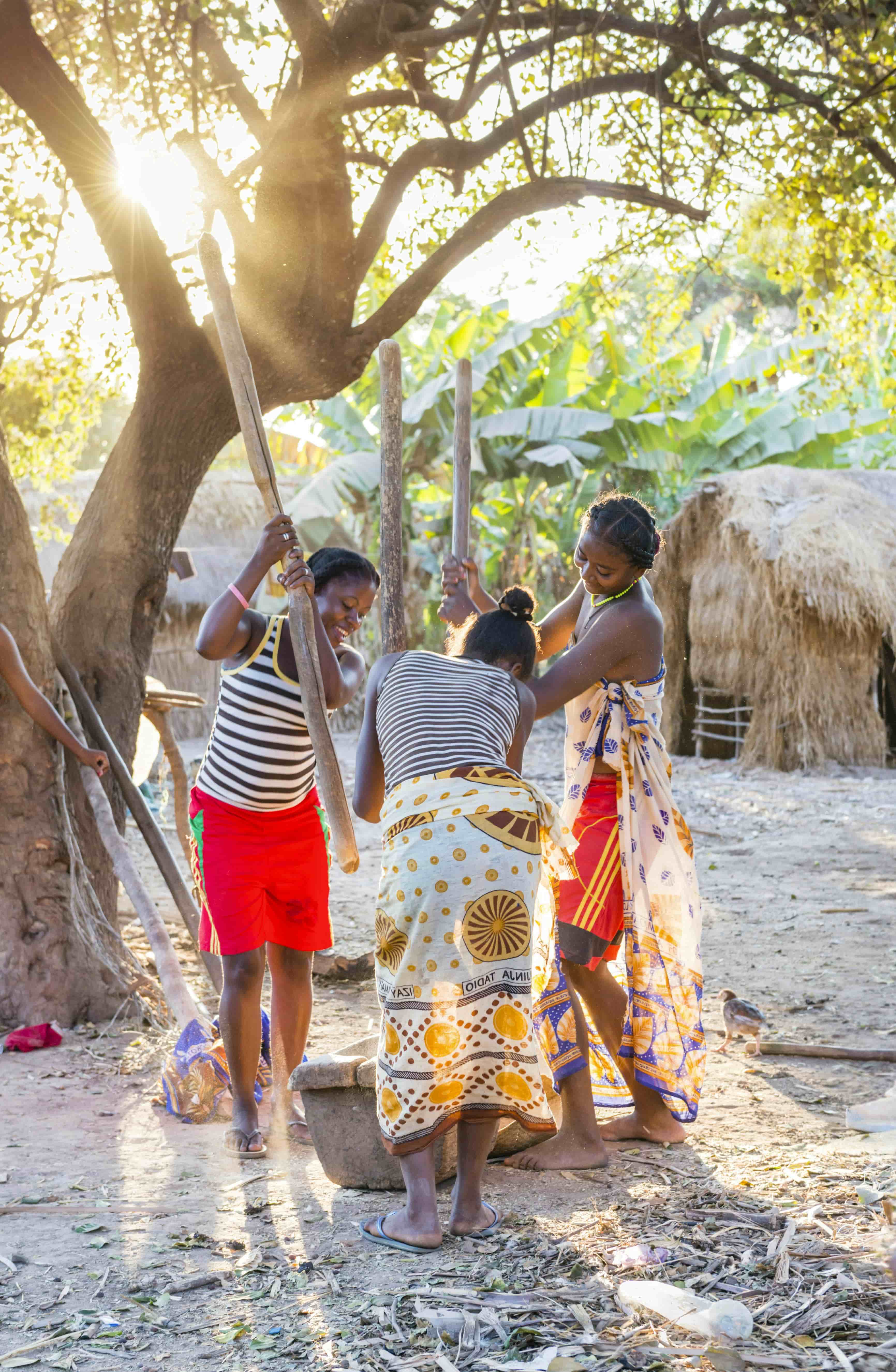
In return, the island gives something rare: a sense of discovery. Watching lemurs leap against the dawn light, tasting seafood caught hours earlier, or standing beneath the ancient silhouettes of baobabs—you feel both small and infinitely alive.
Madagascar is not just a place you visit. It’s a place that visits you, lingering in memory long after you’ve left, whispering reminders of what it means to explore a world still full of wonder.


